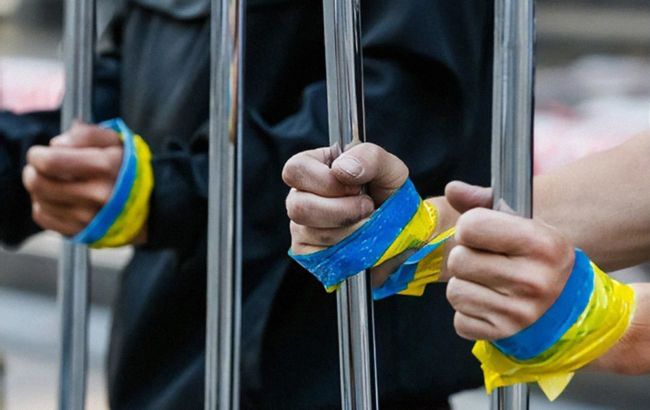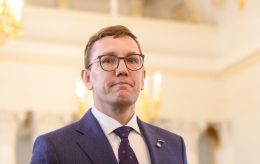Ukraine and Russia freed 10,000 POWs through secret channel - WSJ
 Photo: prisoner exchange (twitter.com FreeRadioUA)
Photo: prisoner exchange (twitter.com FreeRadioUA)
During the war, Ukraine and Russia exchanged more than 10,000 military personnel through a secret channel. The systematic nature of the exchanges makes this channel a unique phenomenon in modern warfare, reports The Wall Street Journal.
History of the secret channel
It all began in early spring 2022. During a battle near Kyiv, Brigadier General Dmytro Usov, deputy head of the Defense Intelligence of Ukraine, found a mobile phone in the pocket of a killed Russian officer.
He called one of the numbers he saw in the contact list and immediately offered a deal: “Your officer is dead... your bodies in exchange for ours.” This is how an unusual exchange channel was born.
Usov and Zorin - key figures
Usov used the call sign “Staier” and rarely used his real name. Two months after the start of the war, Usov established contact with Lieutenant General Alexander Zorin of the GRU, who had previously held key positions in Libya and Syria.
Usov noted that Zorin was above the other Russian representatives with whom he had previously communicated.
This cooperation became the basis for systematic prisoner exchanges. Their first negotiations led to the withdrawal of Ukrainian troops from Azovstal. At that time, there were more than 2,500 fighters there.
Subsequent negotiations were conducted with the participation of mediators from Türkiye, Qatar, and Saudi Arabia.
Ukraine and Russia have expanded their exchange infrastructure
In Kyiv, the HUR headquarters coordinates the exchange process: they gather the families of prisoners of war, analyze Russian websites and social networks, and create a database for each prisoner, including their height, eye color, and Red Cross status.
Freed Ukrainian soldiers sometimes provided lists of their comrades to speed up the exchange.
Result of the channel's work
The exchanges continued even under dangerous logistical conditions. The WSJ cites the downing of a Russian Il-76 aircraft carrying Ukrainian prisoners as an example. Sometimes risky schemes were proposed: to exchange convicted collaborators or even the remains of long-dead Russian spies.
Yet, the secret channel works. According to Usov, even though the parties are enemies, they have “established a certain level of communication” and act honestly in matters of prisoner exchange.
A unique example in history
Military historians note that such a constant exchange during an active war is an extremely rare phenomenon. For example, the USSR held German prisoners of war until the mid-1950s, the US and North Vietnam began exchanges only in 1973, and Iran and Iraq completed the release of prisoners a decade later, a few days before the start of the 2003 Iraq War.
A new prisoner exchange took place today
On the eve of the meeting between Trump and Putin, another exchange was carried out. Eighty-four people were returned home. As Ukrainian President Volodymyr Zelenskyy noted, they are civilians and military personnel. All of them need medical care and rehabilitation.

